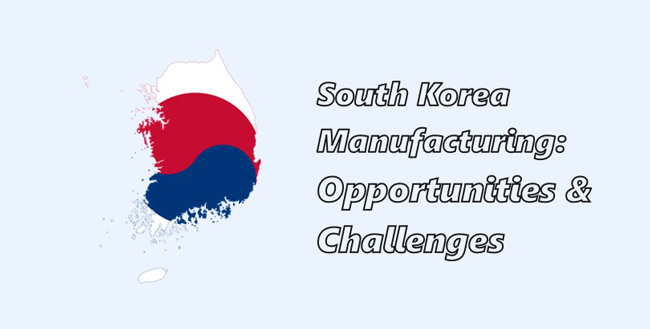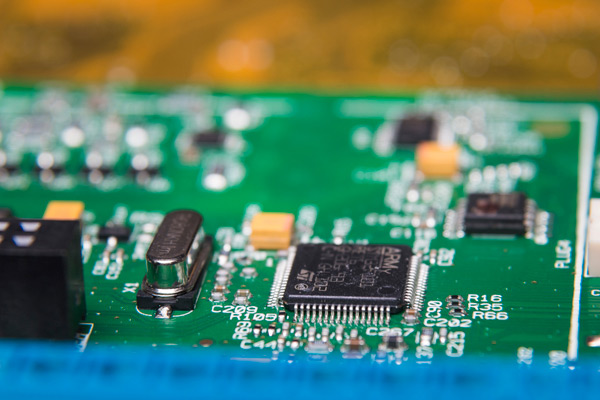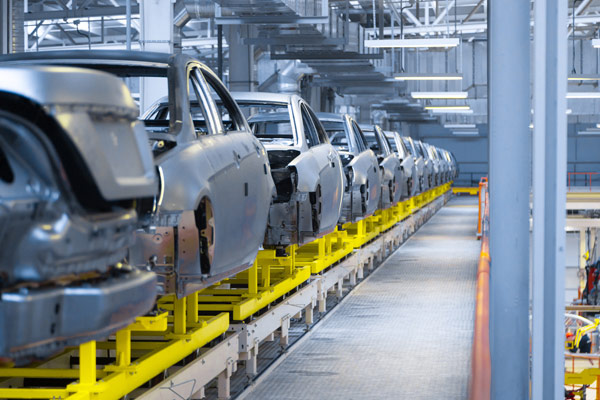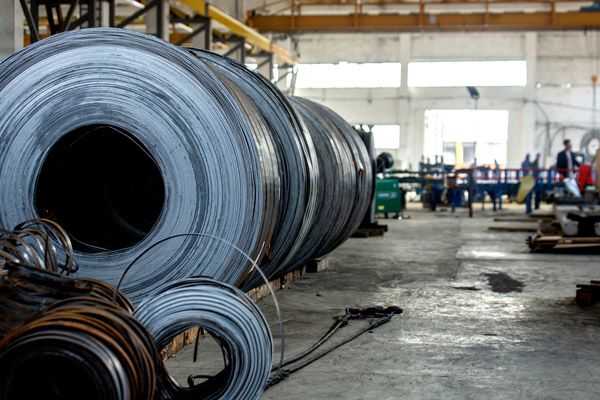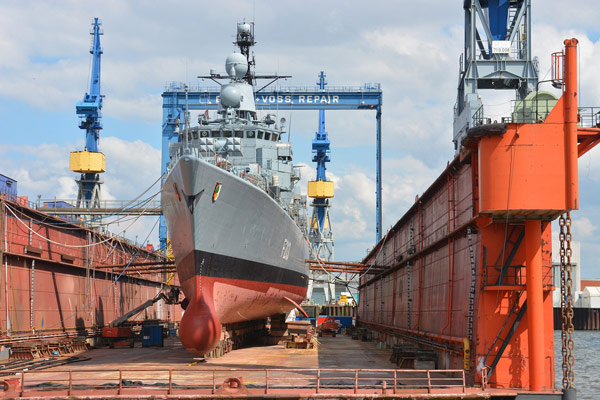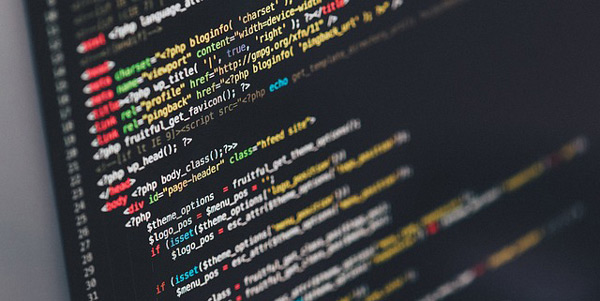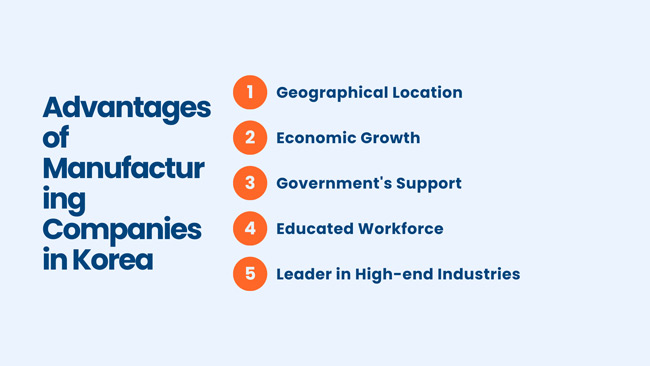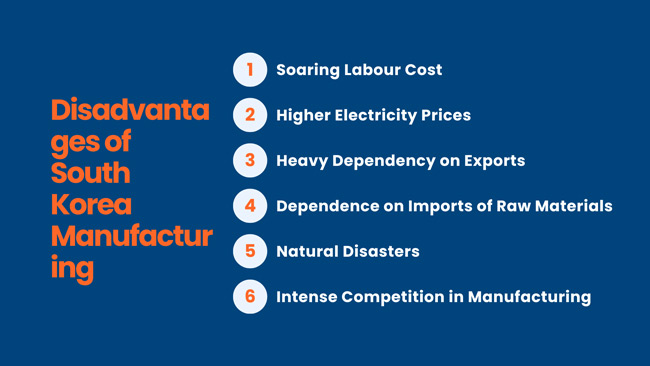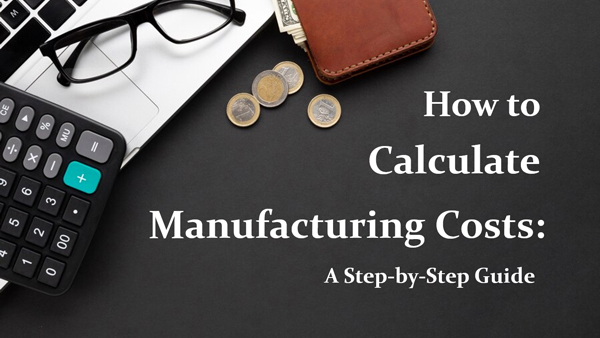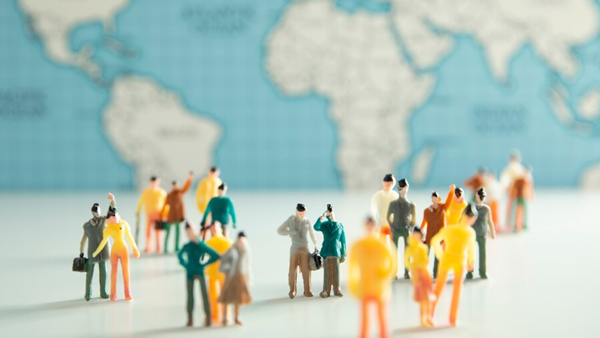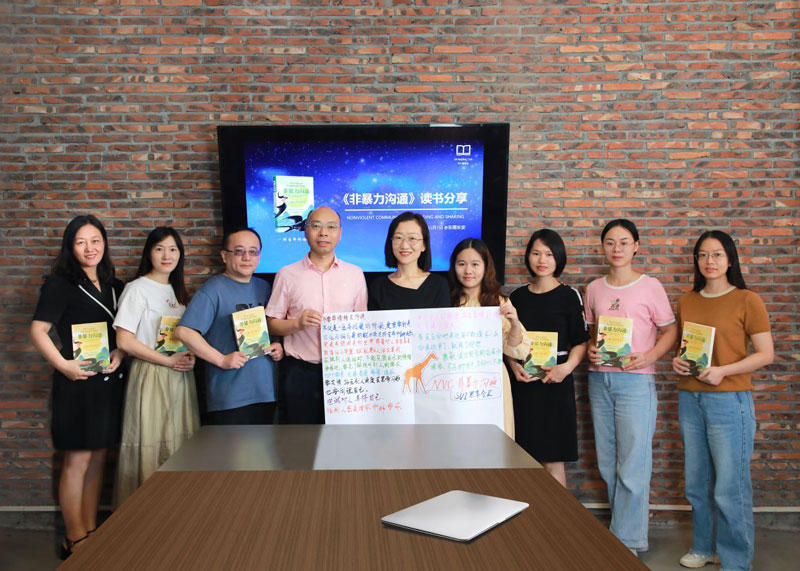South Korea Manufacturing: Opportunities & Challenges
- Date:
- Author: SVI Content Team
- Share:
Financially, the GDP of South Korea in 2022 ranked 4TH in Asia and 12th in the world, underscoring its robust economic development. From an agricultural nation transformed into an industrialized country, South Korea has achieved rapid economic growth, leading the way in shipbuilding, electronics, automobile manufacturing, and other industries, to the point where it has been called the “Miracle on the Han River.”
In the era of globalization, manufacturing is shifting to low-cost countries. Manufacturers in Korea, as prominent players, have followed the trend by focusing on high-end production, committed to research and development of new technologies, and increasing the added value of the industry to enhance competitiveness.
Despite intensifying global competition in various industries, what is the prospect of manufacturing companies in Korea? Which industries have opportunities? Answers should be clear to you after perusing this blog.
Part 1. Top South Korea Manufacturing Industries
South Korea is renowned for its competitive manufacturing industries. Take a cursory look at some industries where Korea has achieved remarkable success.
1. Electronics
The electronics industry is a standout sector in South Korea’s economy. South Korea’s electronics industry is known for its technological innovation, high-quality products, and global market dominance. The worldwide recognized electronics companies in South Korea such as Samsung Electronics, LG Electronics, and SK Hynix produce a wide range of electronic products, including smartphones, televisions, semiconductors, etc.
2. Automotive
The automotive industry has been a cornerstone of South Korea’s industrialization. Hyundai Motor Group, Kia Corporation, and GM Korea, these companies have established themselves as prominent players in the automotive market for quality vehicles, innovative designs, and advanced technology.
3. Steel
The steel industry is another vital sector in South Korea’s manufacturing landscape. The country’s annual steel production is among the top ten in the world, supplying a crucial and high-quality raw material for construction, machinery, automotive, and shipbuilding industries. Major South Korean steel manufacturing companies like POSCO (Pohang Iron and Steel Company) have become global leaders in steel production.
4. Shipbuilding
Korea is world-renowned for its robust shipbuilding base. Thanks to its favourable ports, coastline and maritime expertise, the success in shipbuilding has made Korea the world’s number-one shipbuilding nation for a time, and it will continue to play an influential role in the global shipping industry.
5. Information and Communication Technology (ICT)
South Korea’s ICT industry encompasses an extensive range of technologies, including telecommunications, IT services, software development, and digital content. The country has a highly developed telecommunications infrastructure, and the advancements in ICT have paved the way for the development of cutting-edge products and services, such as smartphones, telecommunications networks, and digital platforms.
6. Textile
In the 1960s, when Korea’s labour costs were low and Japan’s textile industry began to move to Korea, it was decided to start light industry and then move over to heavy industry because of the country’s capital and technological problems. Korea also strives for innovation in the textile industry and is committed to research and development of high technology and quality, so the textile and apparel industry was pivotal in Korea’s early industrialization, which drove the country’s economy and laid the economic foundation for the subsequent development of heavy industry.
These industries highlight South Korea’s manufacturing prowess and its ability to compete on a global scale. The country’s focus on technological innovation, quality manufacturing, and continuous research and development has contributed to its success in these sectors.
Part 2. Advantages of Manufacturing Companies in Korea
As a developed country in Asia, South Korea is a strong power in manufacturing. It is dedicated to developing advanced technology for innovation and sustainability. If you have a plan to invest in Korean factories, then take a close look at what conditions you can take advantage of.
1. Geographical Location
Located in East Asia and the south of the Korean Peninsula, it is a strategic location for Asia and the Pacific. It is surrounded by the sea in three directions, neighbouring North Korea in the north and adjacent to China and Japan.
It is convenient for economic cooperation initiatives with other Asian countries as it is a member of the Association of Southeast Asian Nations Plus Three (ASEAN + 3) and the Regional Comprehensive Economic Partnership (RCEP). The regional collaborations promote trade, investment, and economic integration, providing opportunities for South Korean businesses to expand their reach.
South Korea has a well-developed transportation infrastructure, including ports, road networks, airports, etc. For production shipment, the ports serve as important hubs for international trade and provide direct access to global shipping routes, enabling efficient logistics and supply chain management.
2. Economic Growth
With only over 60 years, South Korea has become an advanced country. From 20 to the 21st century, it shows consistent economic growth and stability. Despite the impact of the global economic challenges, the country has demonstrated resilience and maintained a robust economy, which brings confidence in solving problems, creating opportunities, providing a reciprocal environment, and developing sustainable growth.
3. Government's Support
The South Korean government has implemented policies and initiatives to promote international trade, attract foreign investment, and foster economic gain. By establishing free trade zones and free economic zones in the nation, foreign businesses can take advantage of the friendly environment, tax and tariff breaks, and a simplified regulatory system to set up factories in Korea.
4. Educated Workforce
The economic achievements relative to the expansion of education. According to the statistics, the level of social education in Korea is relatively high, showing a nearly 100% literacy rate and almost 70% higher education enrollment. The government in South Korea has been enhancing investment in education which emphasizes science, technology, engineering and mathematics (STEM) subjects, producing a talent pool equipped with the necessary skills for the manufacturing industry.
5. Leader in High-end Industries
As South Korea has grown, from agriculture to light industry to heavy industry, it has already had its foundation for further development. After a certain amount of achievements, under the government’s encouragement of innovation and investment, it has been able to comply with the requirements of the times, research and develop new technologies to improve the quality of South Korea manufacturing products, which has made Korea an influential position in its dominant industries.
Part 3. Disadvantages of South Korea Manufacturing
Due to the size of the country, population, and market, there are some weaknesses for South Korea manufacturers.
1. Soaring Labour Cost
Taking into account the cost is the priority of companies. As of 2022, the population of South Korea was approximately 51,628,000, compared to 51,745,000 in 2021, resulting in a population decrease of about 120,000 and three consecutive years of population decline. Among different age groups, the population over 50 years old has increased and Korea is facing the aged tendency of population. With fewer young people, there will be an increase in the costs of labour.
2. Higher Electricity Prices
Since Korea relies on oil and coal to generate electricity, the costs of Korea Electric Power Corporation (KEPCO) have increased due to the impact of the global economy and international energy prices. In order to solve its financial difficulties, KEPCO has mitigated the loss of the cost by increasing electricity charges, which has added to the burden of electricity not only for domestic use but also for industrial production.
3. Heavy Dependency on Exports
Korea is an export-oriented country due to its limited domestic market. It relies on the sales of products manufactured domestically to drive economic growth. the economy. However, this strategy could lead to unexpected results as it is highly susceptible to global economic development and trade barriers.
To illustrate this, consider an example of a South Korean electronics manufacturer. The company heavily relies on exporting its products to international markets. If there is a global economic downturn, consumer spending may decline, leading to reduced demand for electronic devices. As a result, the manufacturer’s profits could be adversely affected.
Similarly, trade barriers imposed by other countries can hinder South Korea’s export-dependent economy when major trading partners impose high tariffs or implement restrictive trade policies, it can limit access to foreign markets and dampen their export opportunities.
4. Dependence on Imports of Raw Materials
South Korea has developed a highly industrialized economy with a focus on high-value manufacturing sectors such as electronics, automobiles, and shipbuilding. These industries require a wide range of raw materials that are not abundantly available domestically because of limited natural resources. Importing materials from other nations not only can reduce costs, but significantly, help it to focus on its core strengths.
Nevertheless, there are challenges if South Korea relies on the imports of raw materials. The risk of currency exchange rate, the rising prices of raw materials, and supply chain disruption. Fluctuations in exchange rates and rising prices of raw materials may reduce the profit margins and strain the economy. The disruption can cause delayed delivery, which can jeopardize progress in production and result in economic losses.
5. Natural Disasters
Korea is in the temperate zone. The climate is characterized by hot and rainy summers. In recent years, extreme weather has become more frequent in countries around the world due to the effects of climate change, and Korea is no exception. In the summer of 2023, Korea was hit by extreme heavy precipitation that occurred once in a century, and the stormy weather led to flooding and landslides, among other things, that caused severe damage to agriculture and public facilities, as well as to the country’s economy. (2023 South Korea Floods)
6. Intense Competition in Manufacturing
Although South Korea’s manufacturing sector has a strong presence, the country comes under increasing competitive pressure as developing countries worldwide embark on a process of industrialization. Compared to other developed countries, there is still a gap in its R&D technology, while its population and resource constraints are causing it to slowly lose its competitive edge when compared to emerging developing countries.
Part 4. Conclusion
In the course of South Korea’s industrialization, it has progressed step by step from an economically backward country to a developed country, a manufacturing powerhouse, having a crucial position and a vital influence in its outstanding manufacturing industries, which has lessons to be learned for other developing countries.
It is worth noting that although manufacturers in Korea have been losing their edge with all the global challenges and the rise of the manufacturing industry in other countries like China, and Vietnam (https://svigloballtd.com/Blog/info.aspx?itemid=1270), it remains a highly diverse industry, and will keep focusing on the innovation of industrial technology and the improvement of product quality to boost its core competitiveness.
When considering the business and manufacturing opportunities in South Korea, engaging a company to do business is a welcome choice. SVI Global, as a Western-managed company, is headquartered in the U.S. and China, with offices in multiple countries, including Seoul, South Korea. We can provide a quick, comprehensive and one-to-one service in sourcing, manufacturing, factory auditing, project management and more. With the experience of 20 years in business, we have a deep understanding of the South Korean manufacturing landscape, and with our network and commitment to customer satisfaction, we are the trusted partner for you to expand your manufacturing in Asia.

